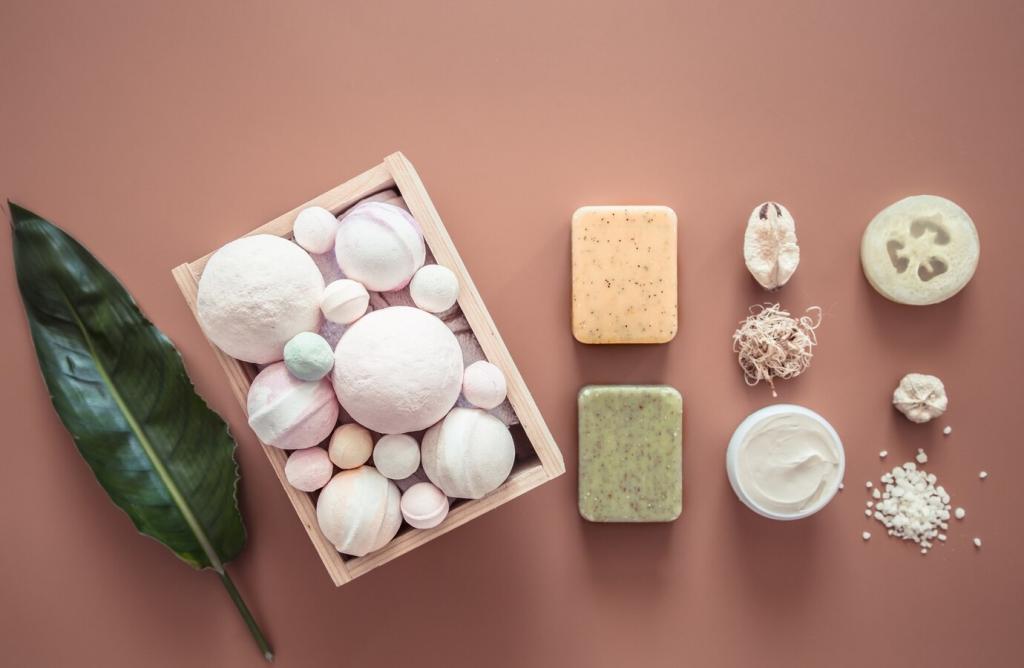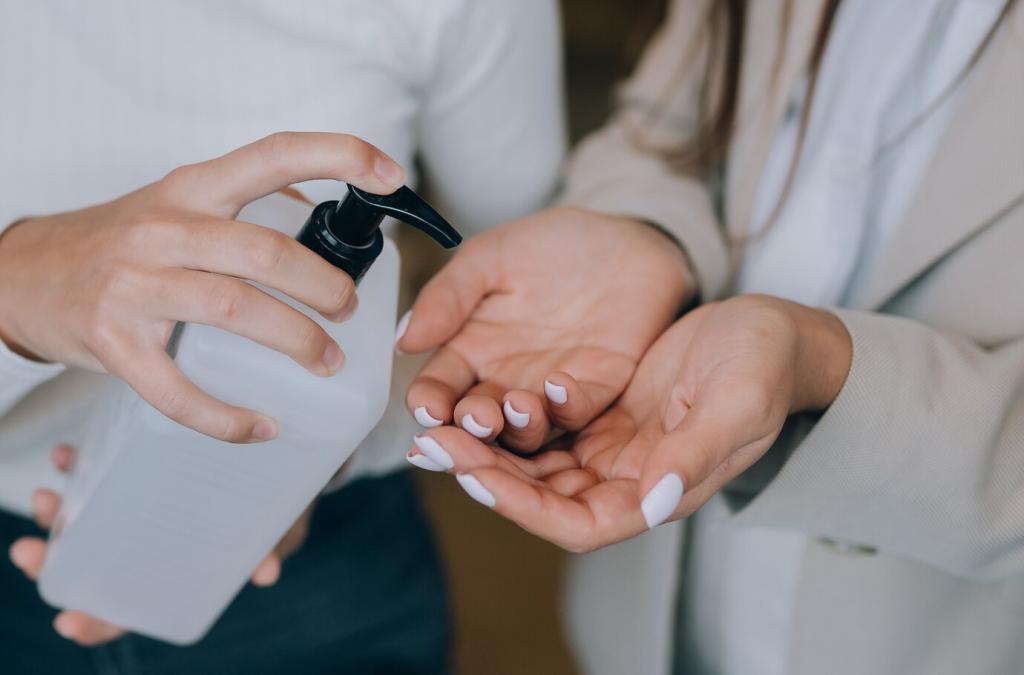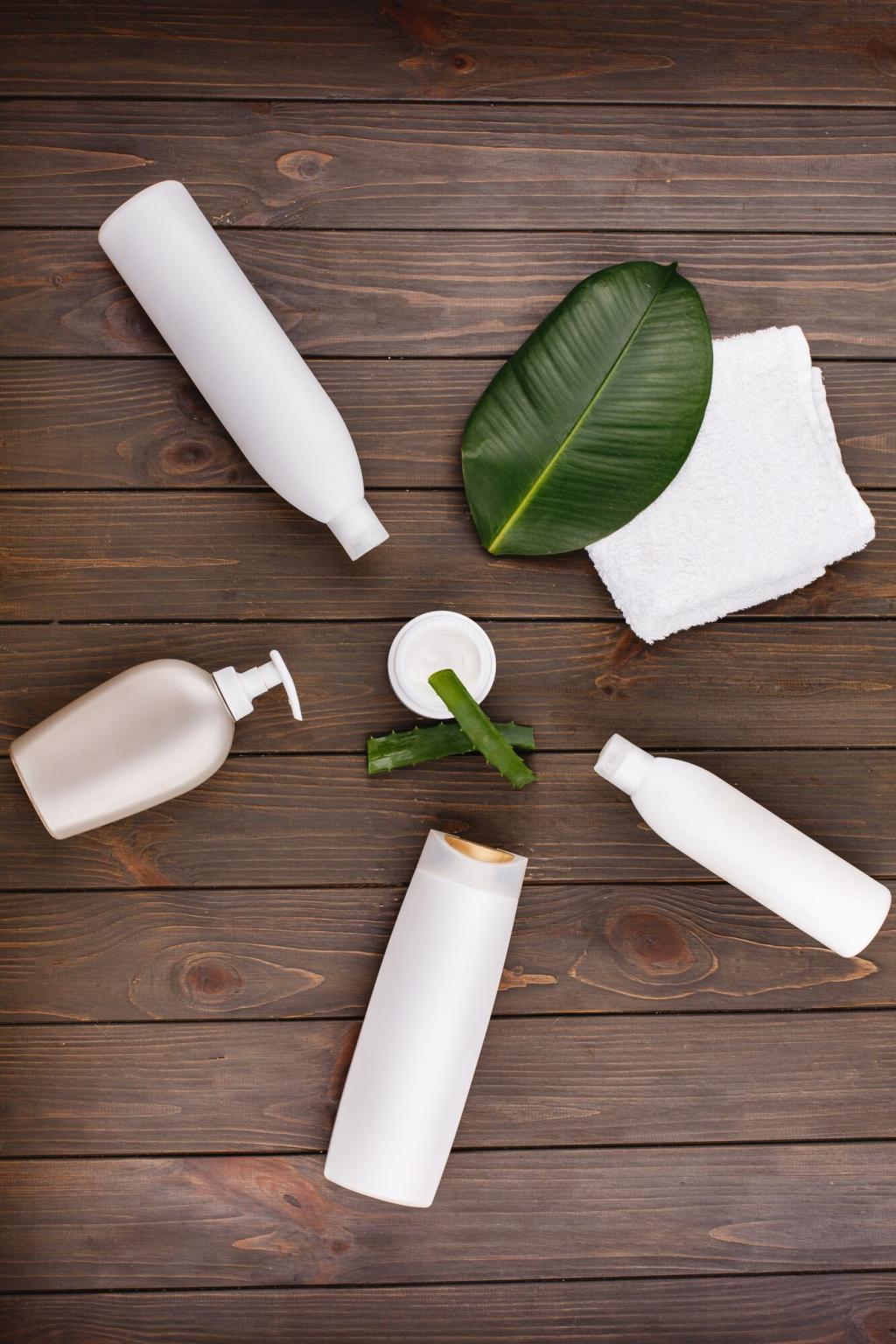Why Homemade Wood Conditioner Matters
A good homemade wood conditioner does more than create a glossy surface; it feeds dry fibers, reduces cracking, and highlights grain. When you blend oils and waxes thoughtfully, your wood stays resilient under daily use and still looks beautifully natural.
Why Homemade Wood Conditioner Matters
For spoons, cutting boards, and salad bowls, a homemade wood conditioner gives control over ingredients. Many crafters prefer USP-grade mineral oil and pure beeswax, avoiding questionable additives and fragrances so every surface feels safe around your kitchen and family.
Why Homemade Wood Conditioner Matters
Store products can be pricey and vague. Mixing your own conditioner lets you choose texture, scent strength, and hardness. Test small batches, tweak ratios, and create a signature finish that fits your climate, your tools, and the wood you love most.








